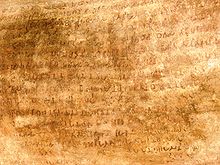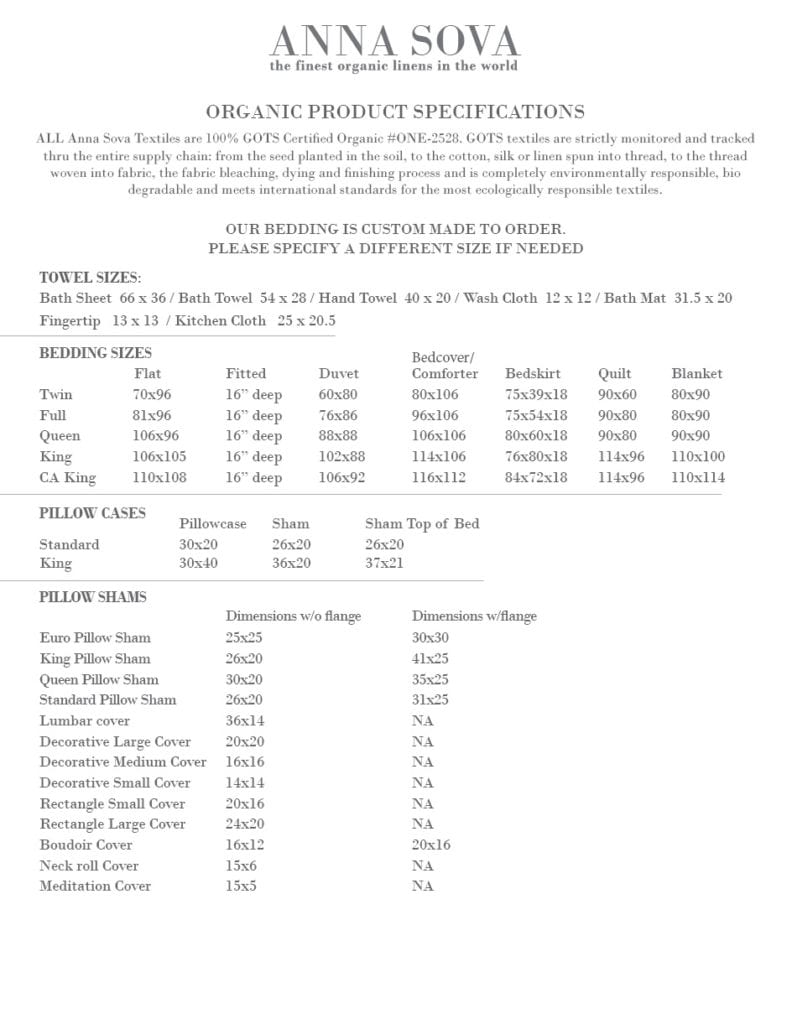Ikats from the legendary Bubanishwar, India
Bubanishwar, India is extremely remote.
Many years ago I took a plane to Calcutta, another plane, then drive ten hours and you arrive at an amazing community of weavers who have practiced their trade possibly for hundreds of years.
It was also 116 degrees in the shade when I visited.
The above collection sold out years ago however recently we found a large box with about 60 of the Ikat pillows from the above photo. Contact us at customerservice@annasova.com if you would like to aquire a few pieces of real (not printed) textile history.
(photos with the weavers in Bubanishwar)

Hathigumpha inscriptions at the Udayagiri and Khandagiri caves near Bhubaneswar
A little wikipedia visit here:
Ikat is a weaving style common to many world cultures. It is probably one of the oldest forms of textile decoration. However, it is most prevalent in Indonesia, India and Japan.
Double ikat weaving is still found in India, Japan and Indonesia. In Indonesia, it is still woven in Bali, Java, Kalimantan or Borneo and Sumatra. Another country that has been weaving Ikat is Iran. The name of this technique in yazd is Daraee.Daraee means wealth,the reason of this naming is that in wedding ceremonies, There were these fabrics in the bride’s dowry, and the people who had bought these fabrics were rich.
As textiles do not last well through history, scholars have so far been unable to determine where the technique of ikat originated. Nevertheless, some parts of Asia demonstrates strong ikat traditions which suggest its possible origin; they are Maritime Southeast Asia, Indian subcontinent and Central Asia.[11] However, it probably developed in several different locations independently, since ikat was known to be produced in several pre-Columbian Central and South American cultures.
The term “ikat” has Indonesian origin, and it was introduced into European textile vocabulary back in early 20th century, when the Dutch scholars begin to study the rich textile traditions of East Indies archipelago (today Indonesia).[11]
Uyghurs call it atlas (in IPA [ɛtlɛs]) and use it only for woman’s clothing. The historical record indicates that there were 27 types of atlas during Qing occupation. Now there are only four types of Uyghur atlas remaining: Qara-atlas (Darayi, black ikat used for older women’s clothing), Khoja’e-atlas (yellow, blue, purple ikat used for married women), Qizil-atlas (red ikat used for girls) and Yarkant-atlas (Khan-atlas). Yarkant-atlas has more diverse styles; during Yarkant Khanate (16th century), there ten different styles of Yarkant-attextiles do not last well through history, scholars have so far been unable to determine where the technique of ikat originated. Nevertheless, some parts of Asia demonstrates strong ikat traditions which suggest its possible origin; they are Maritime Southeast Asia, Indian subcontinent and Central Asia.[11] However, it probably developed in several different locations independently, since ikat was known to be produced in several pre-Columbian Central and South American cultures
Maybe a little too much Wikipedia?
The pillow shams are intricate works of an ancient art form.
We hope you enjoy them.
lots of love,
Anna



